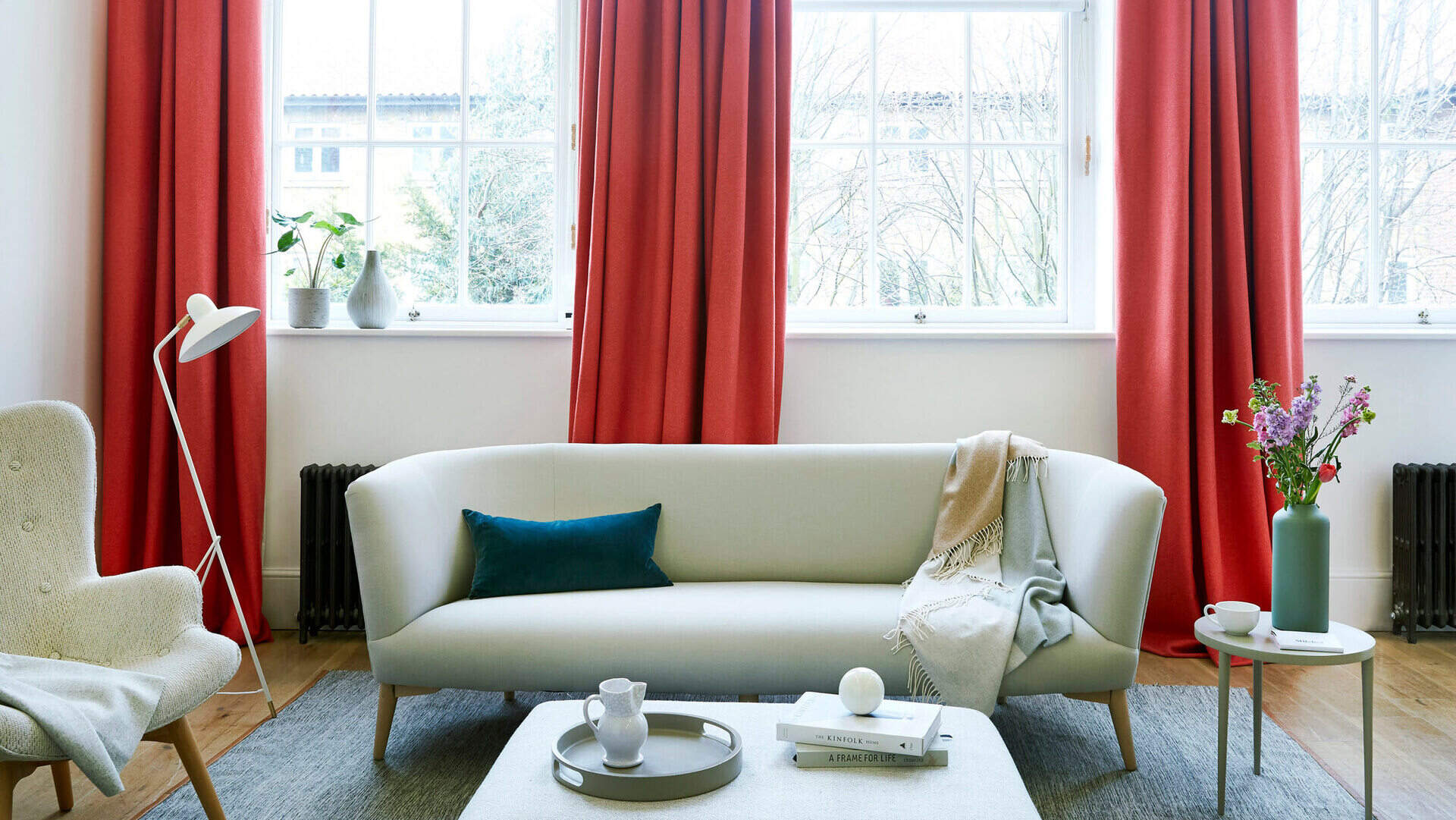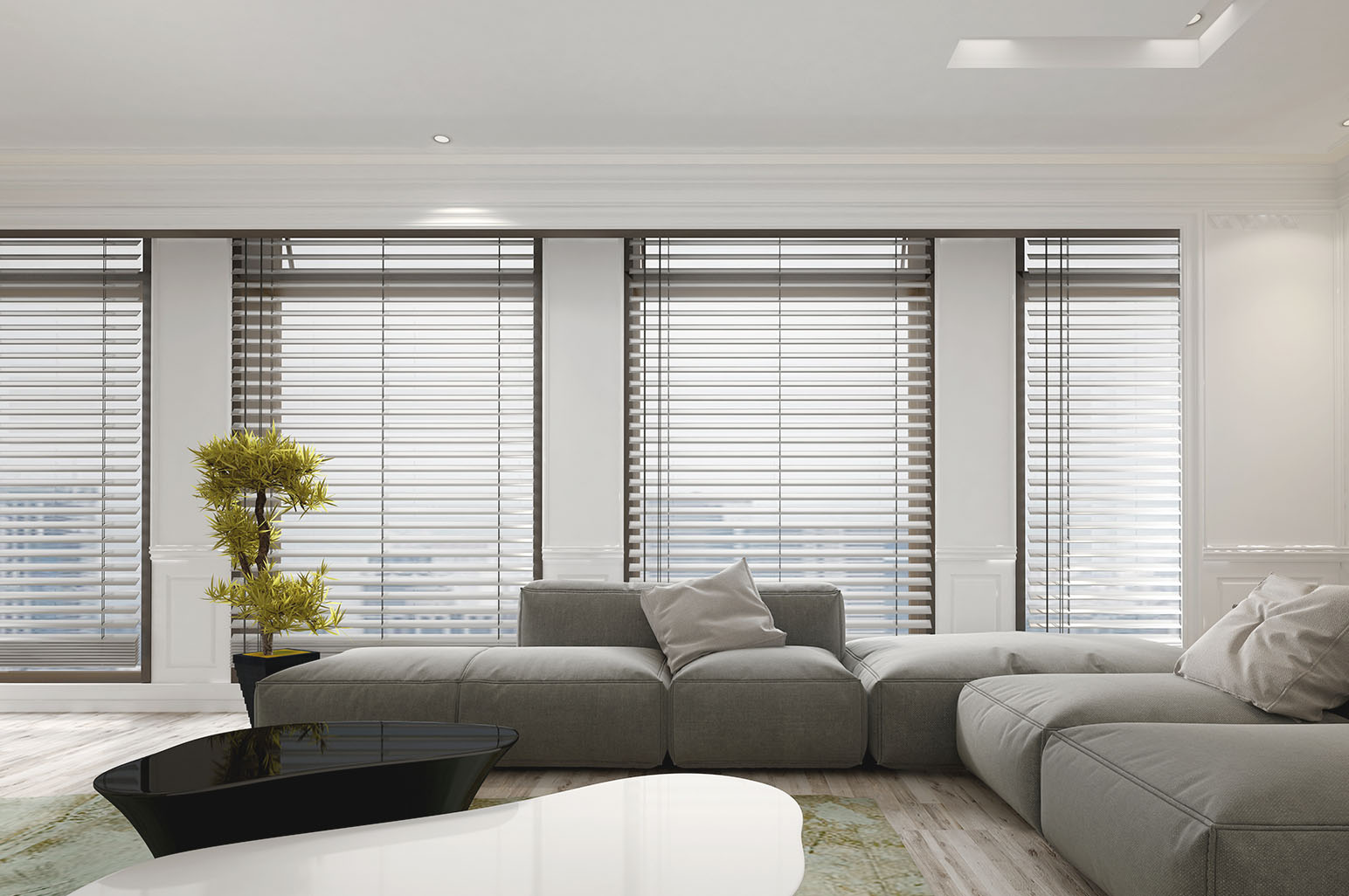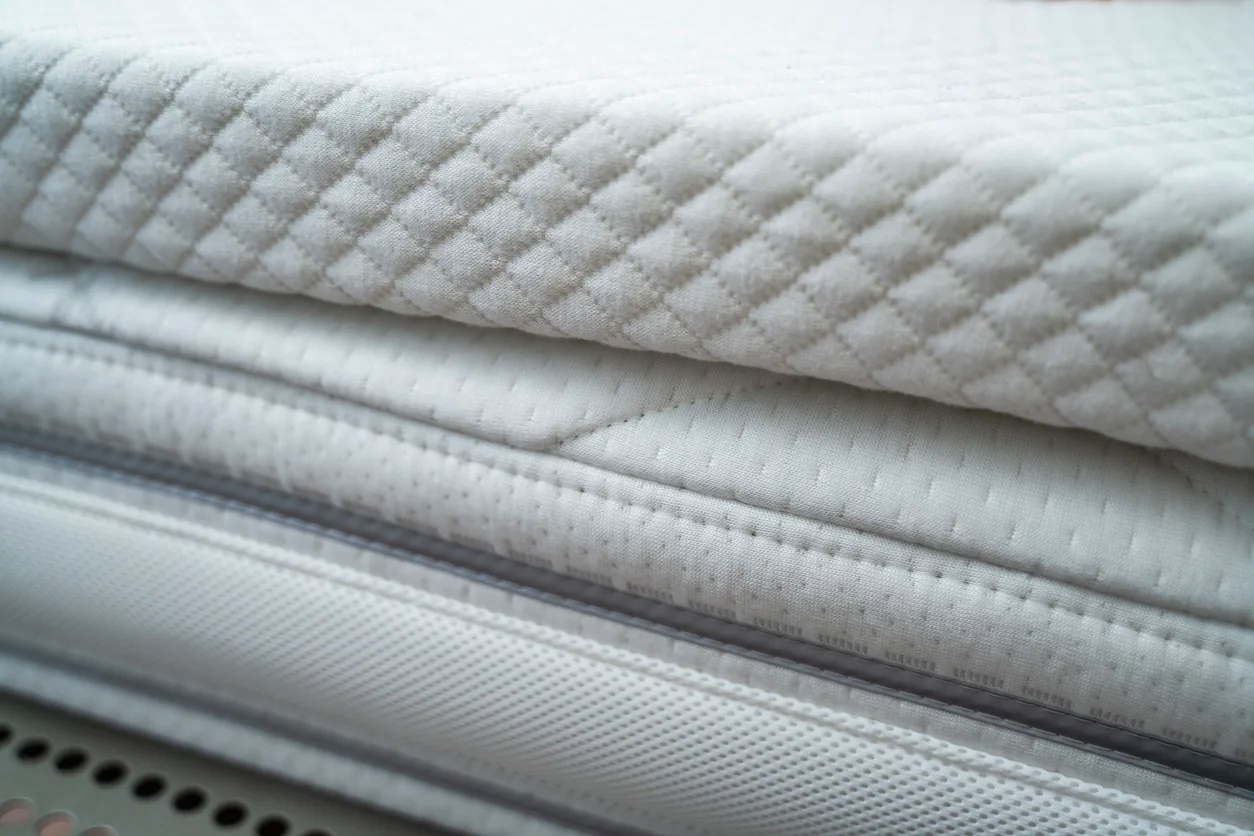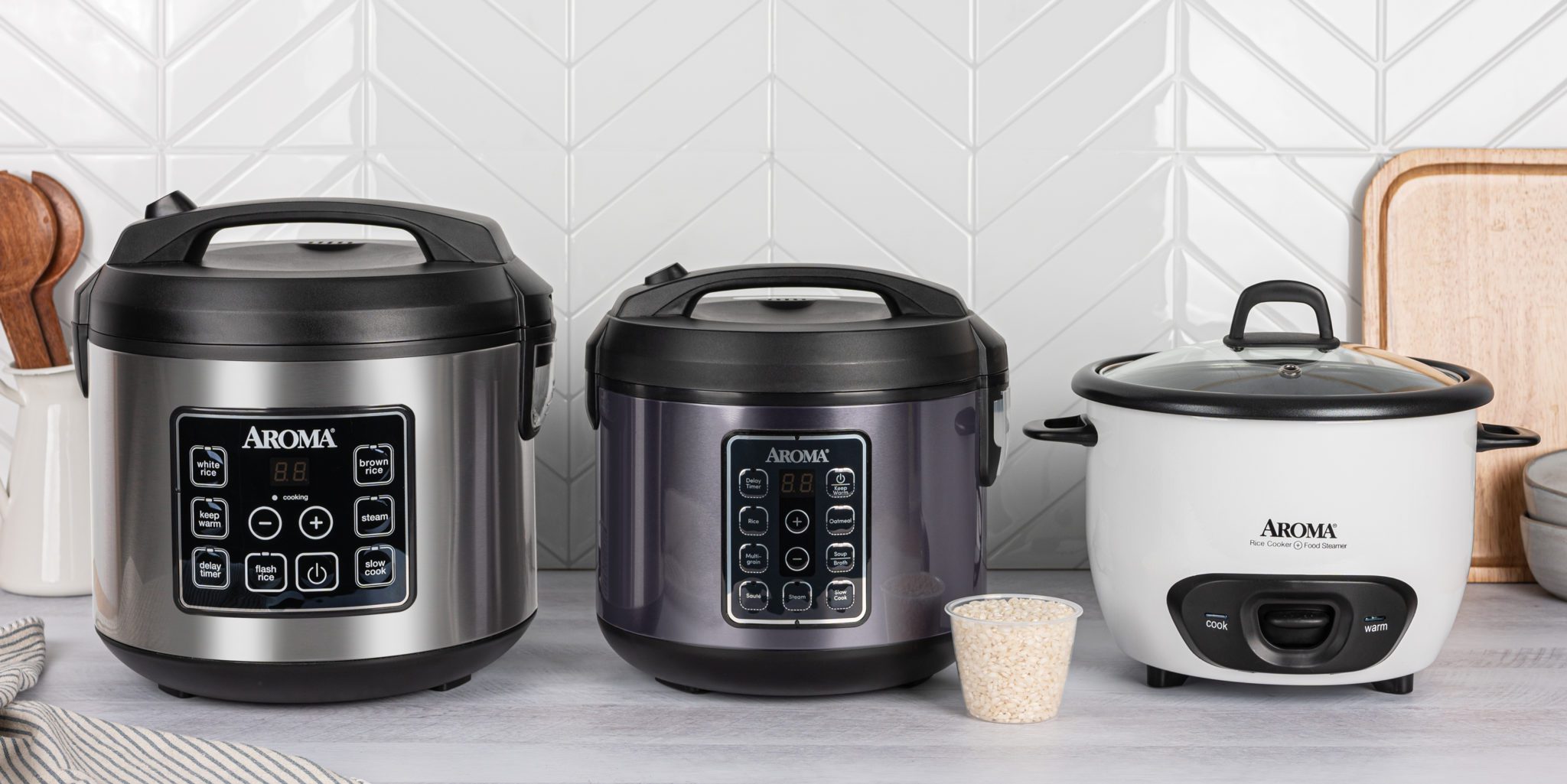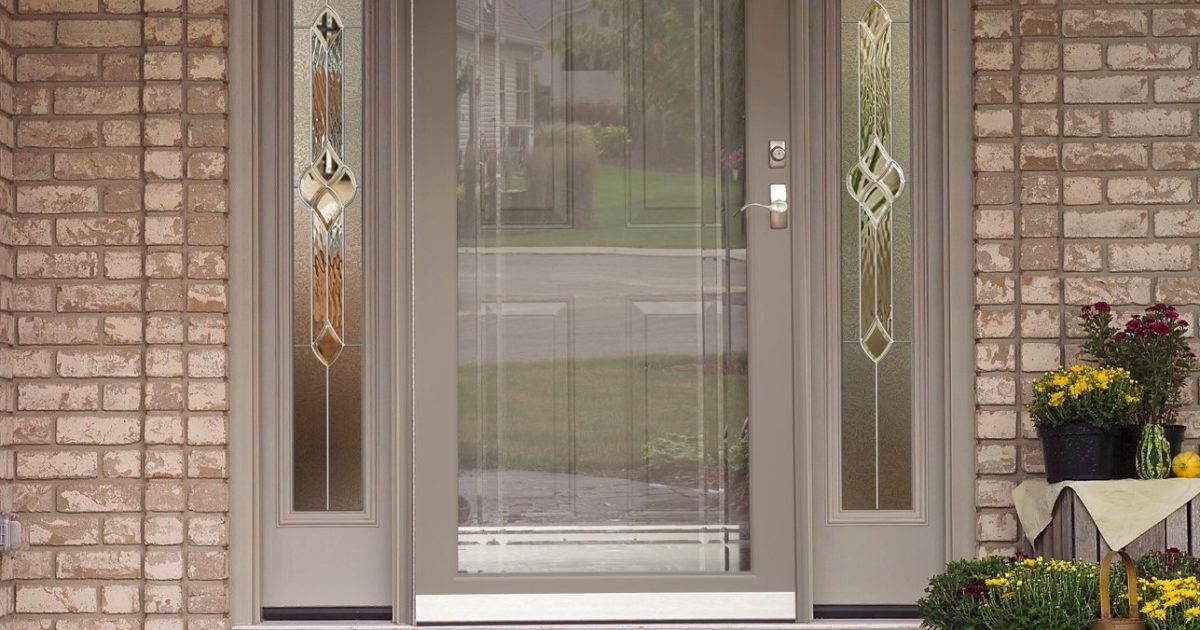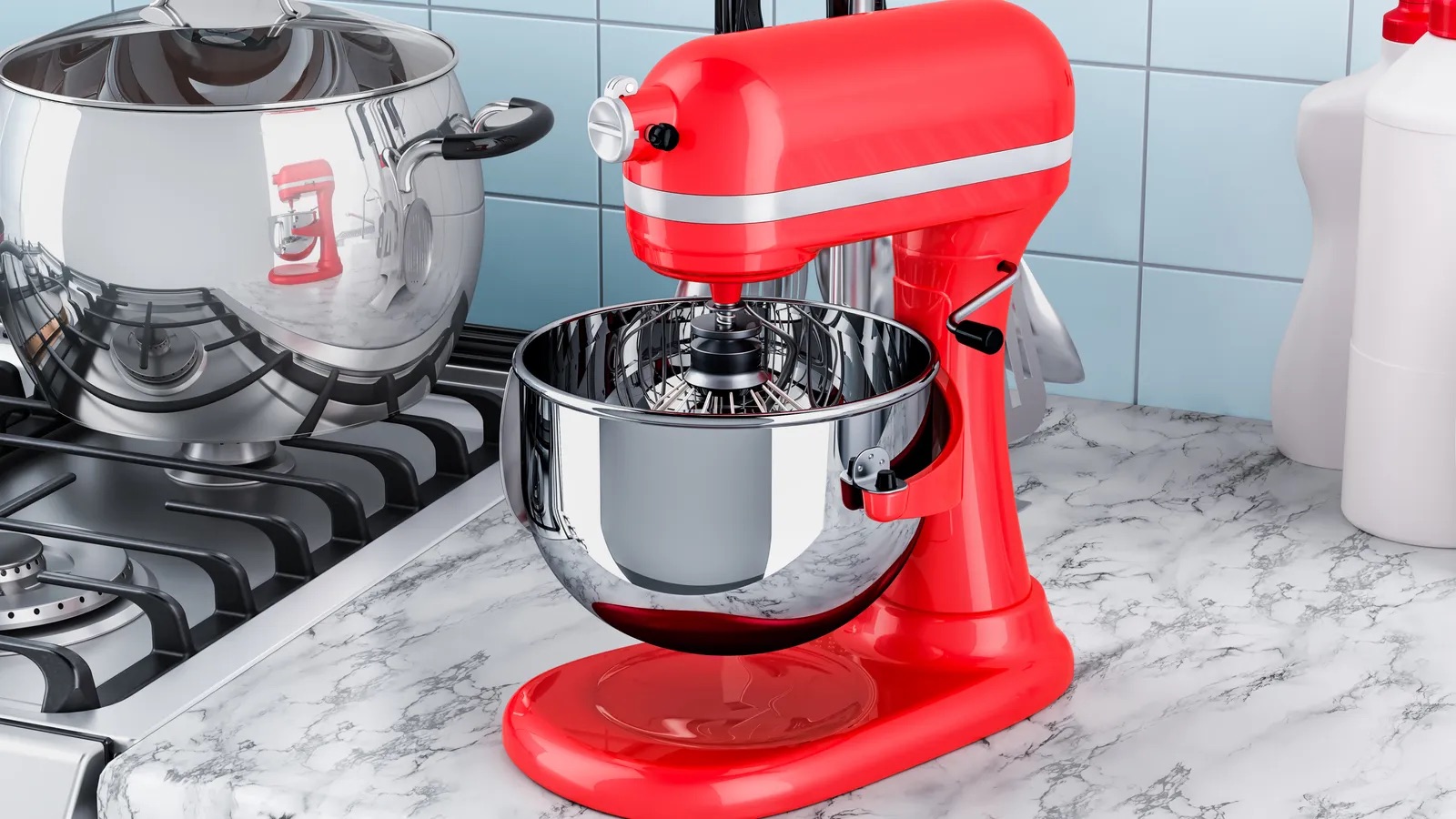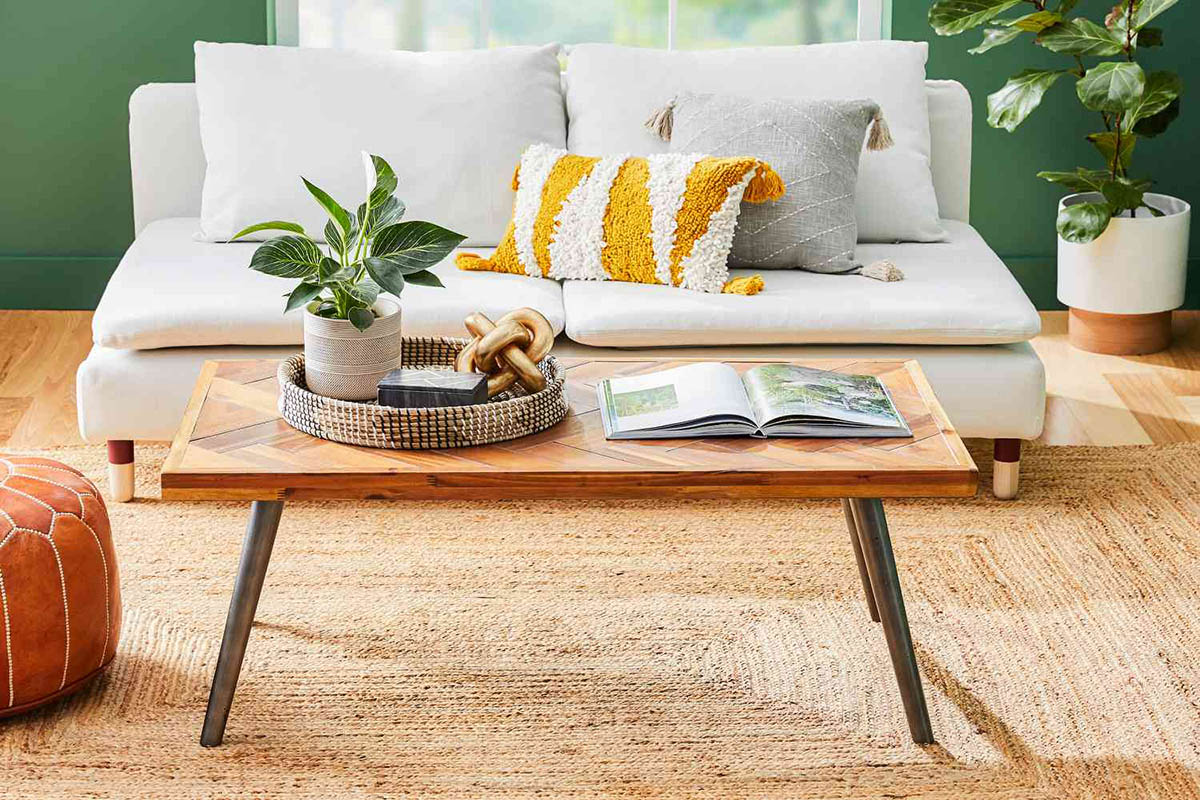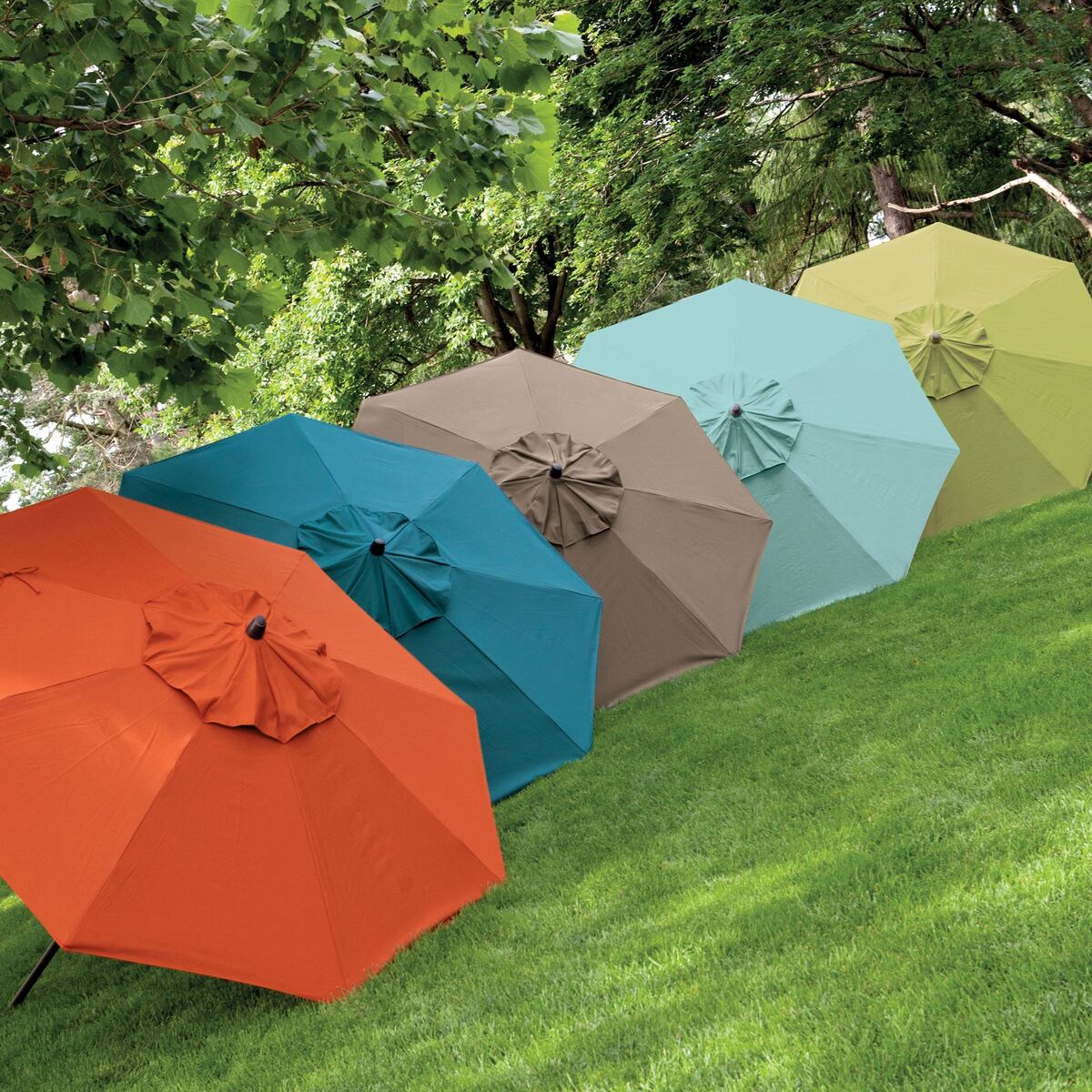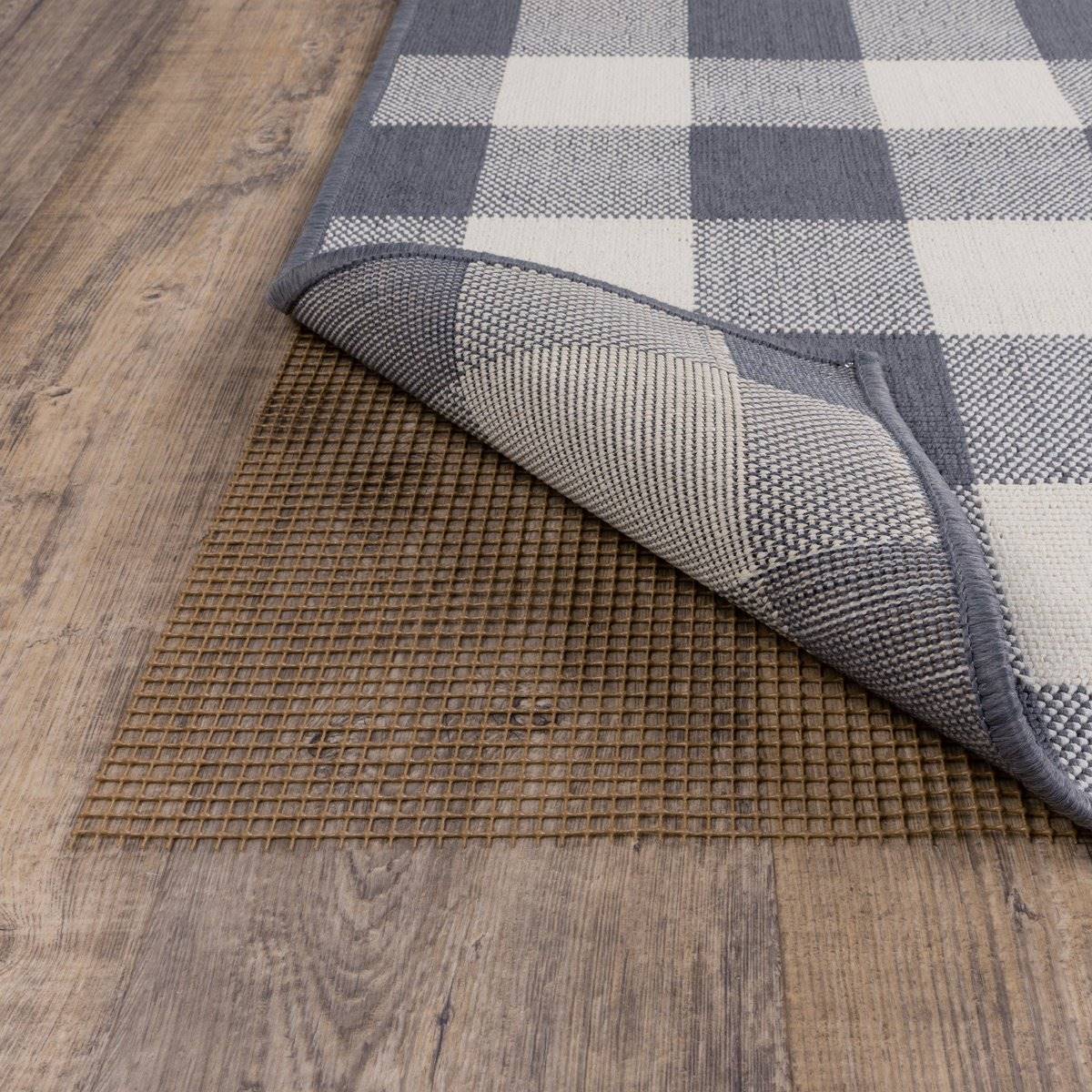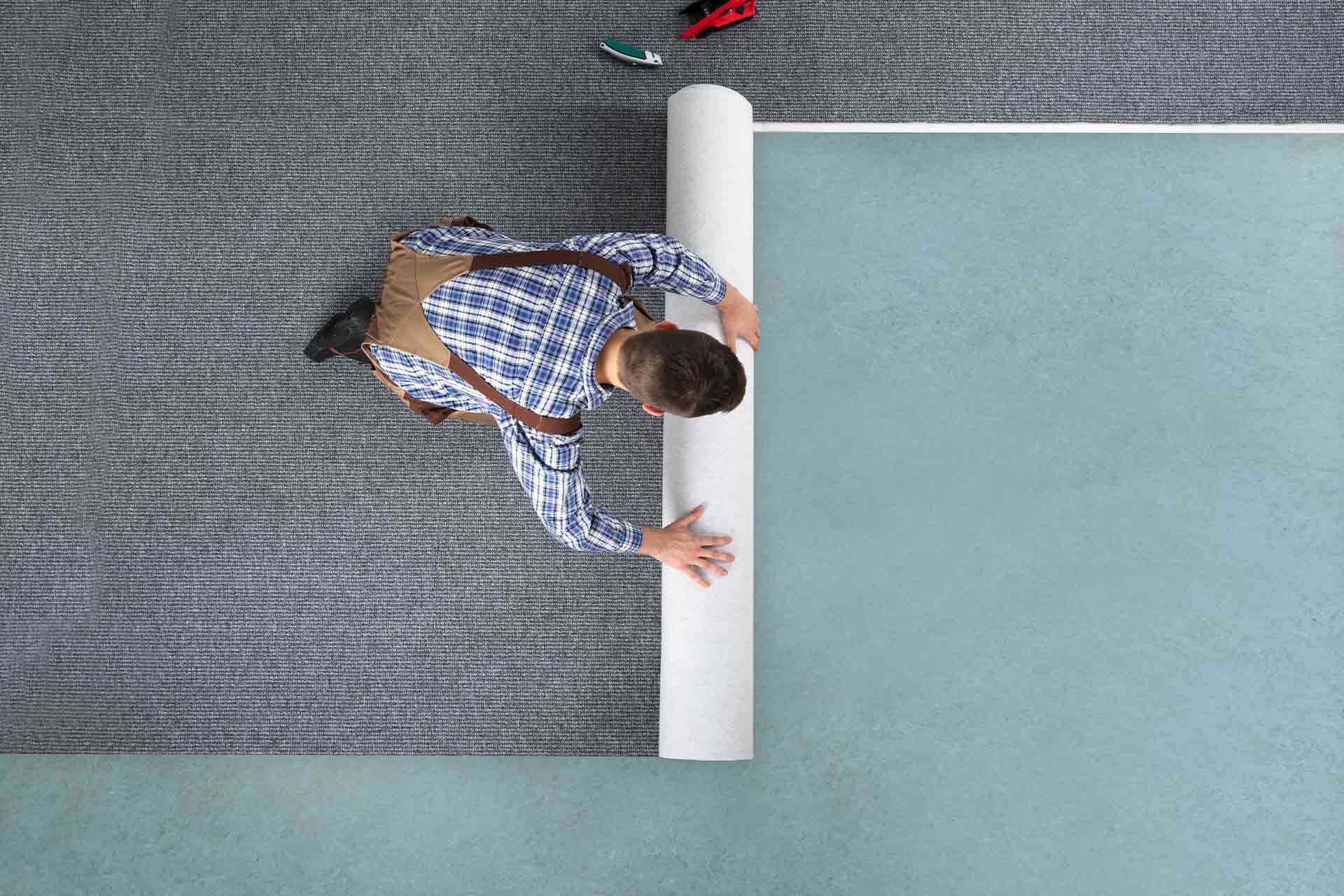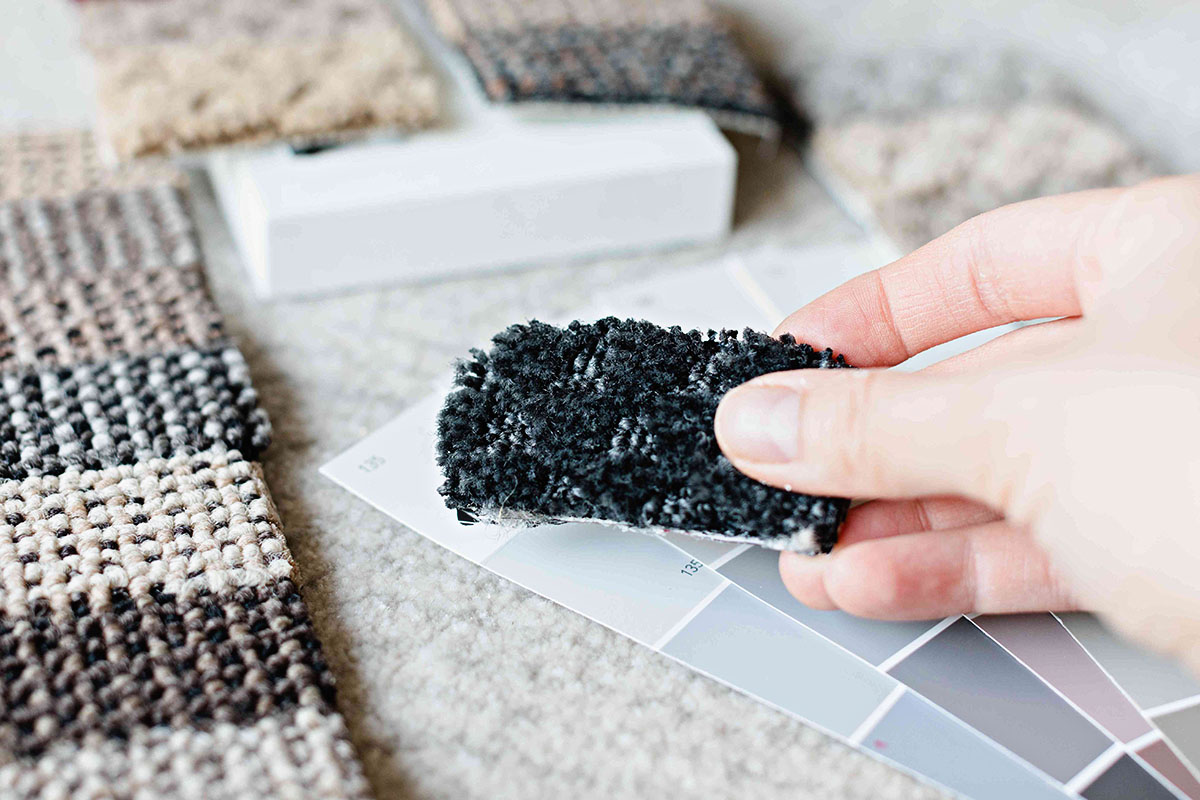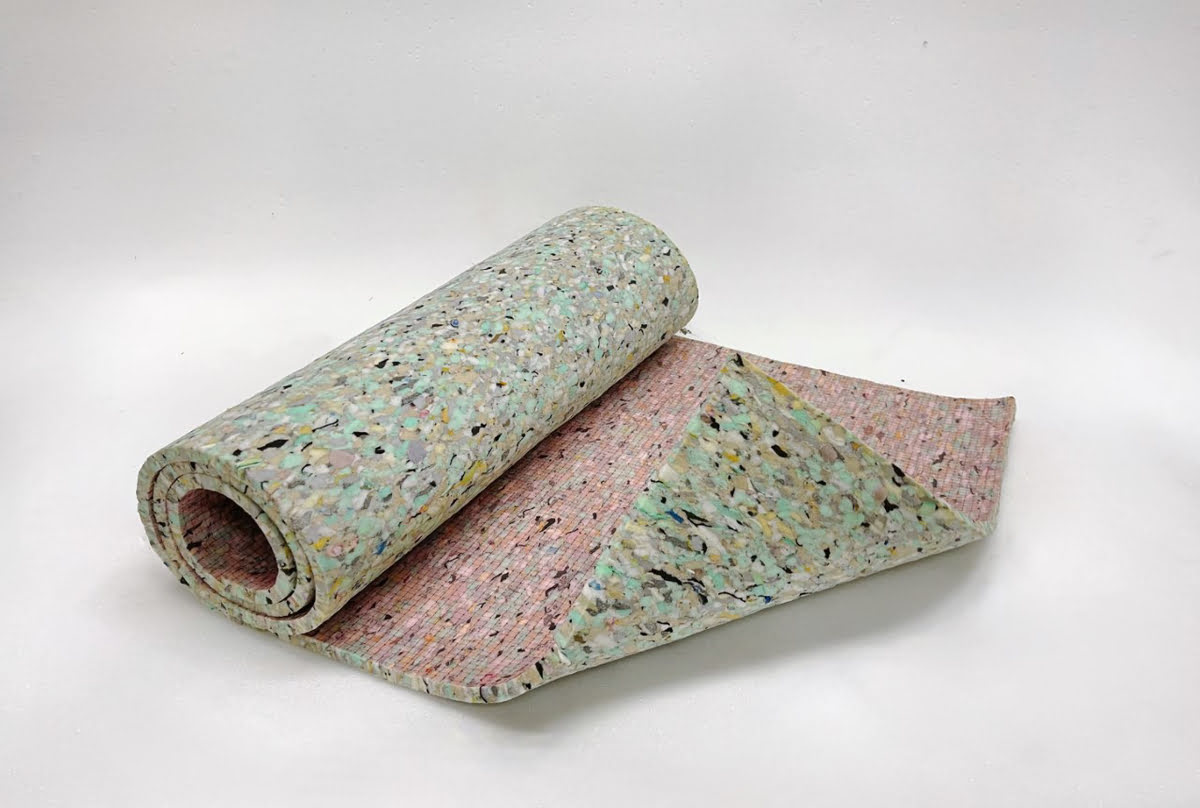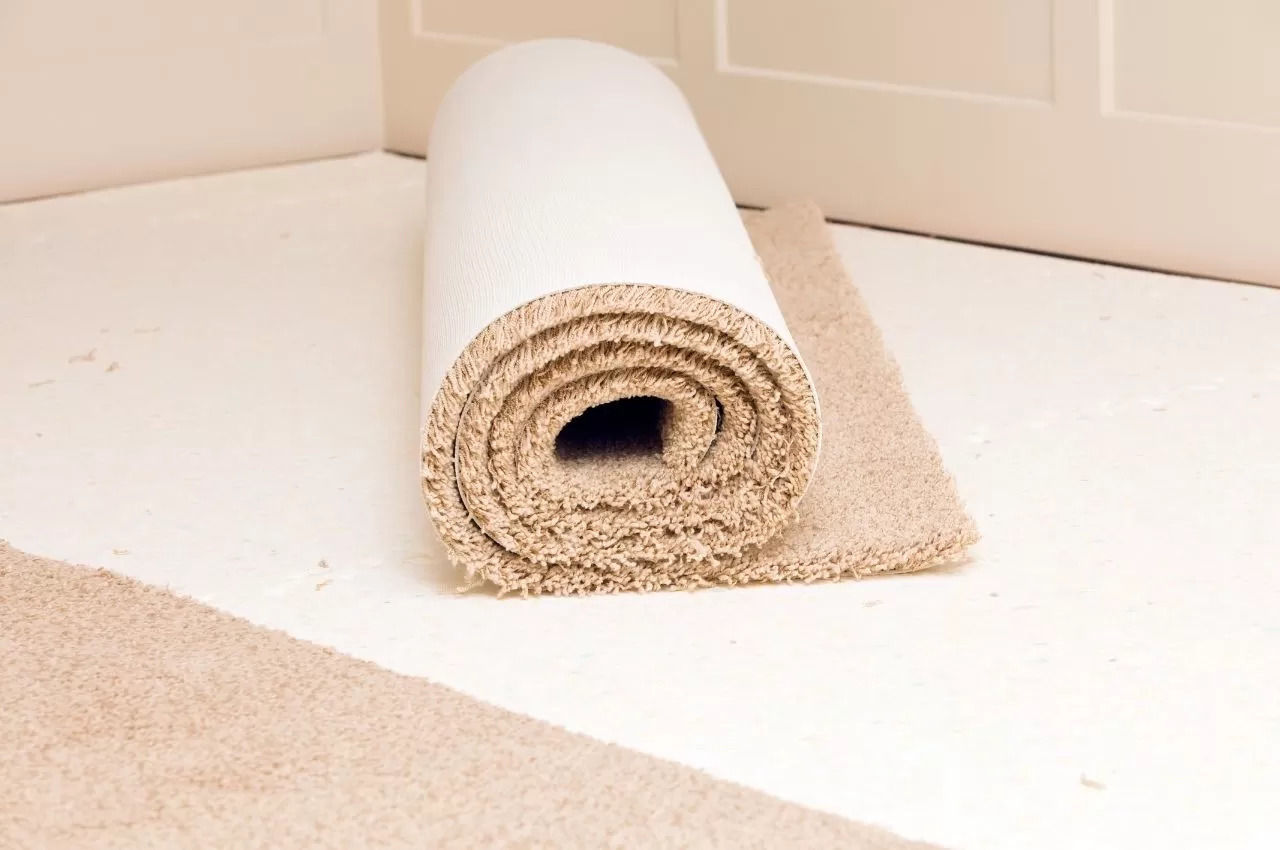

Articles
What Carpet Padding Should I Get
Modified: January 8, 2024
Discover the best carpet padding for your home with our informative articles. Find expert advice and tips to help you choose the right option for your needs.
(Many of the links in this article redirect to a specific reviewed product. Your purchase of these products through affiliate links helps to generate commission for Storables.com, at no extra cost. Learn more)
Introduction
When it comes to choosing the perfect carpet for your home or office, there are many factors to consider. From the color and texture to the durability and maintenance requirements, it’s important to carefully evaluate all aspects. However, one often overlooked aspect of carpet installation is the padding.
Carpet padding, also known as underlay, is an essential component that goes underneath the carpet. While it may not be visible, it plays a crucial role in the overall comfort and longevity of your carpet. In this article, we will explore the importance of carpet padding and guide you through the factors to consider when choosing the right one for your specific needs.
Having the right carpet padding can make a significant difference in how your carpet feels and performs. It not only provides extra cushioning underfoot but also acts as a sound and heat insulator. Additionally, carpet padding helps to absorb impact, reducing wear and tear on your carpet and extending its lifespan.
Choosing the right carpet padding involves considering several factors such as the type of carpet you have, the amount of foot traffic the area receives, and your budget. Different types of carpet padding have varying qualities and benefits, so it’s essential to understand the options available to you. Let’s dive into some of the popular types of carpet padding to help you make an informed decision.
Key Takeaways:
- The right carpet padding enhances comfort, reduces noise, insulates against temperature changes, protects the carpet, and improves air quality. Consider carpet type, foot traffic, thickness, and budget when choosing the ideal padding.
- Different types of carpet padding, such as foam, rubber, felt, and fiber, offer unique benefits. Consult with a carpet professional to select the best padding based on your specific needs, ensuring a comfortable and durable carpet for years to come.
Read more: How Thick Should Carpet Padding Be
Importance of Carpet Padding
Carpet padding may not always be on the top of your mind when choosing carpeting, but it plays a crucial role in the overall comfort and performance of your carpet. Here are some key reasons why carpet padding is essential:
- Enhanced Comfort: One of the primary benefits of carpet padding is the added comfort it provides. By cushioning your carpet, it creates a more luxurious feeling underfoot. Whether you’re walking, standing, or sitting on your carpet, the padding helps to absorb the pressure and reduce discomfort.
- Noise Reduction: A quality carpet padding can significantly reduce noise transmission in your space. It provides a barrier that absorbs and muffles sounds, making your environment quieter and more peaceful. This is particularly important for areas such as upstairs rooms, apartments, or commercial spaces where soundproofing is desired.
- Insulation Properties: Carpet padding acts as an additional layer of insulation in your space. It helps to reduce heat loss through the floor, keeping your home warmer during colder months and reducing energy consumption. Likewise, in warmer climates, it can help to keep the space cooler by providing insulation against heat transfer.
- Protection for your Carpet: Carpet padding acts as a buffer between your carpet and the subfloor. It helps to absorb the impact of foot traffic and furniture, reducing the strain on your carpet fibers. This helps to prevent premature wear and tear, ensuring your carpet lasts longer and maintains its appearance over time.
- Improved Air Quality: An often overlooked benefit of carpet padding is its ability to improve indoor air quality. The padding acts as a filter, trapping allergens, dust, and pollutants that may otherwise become airborne. This can be particularly beneficial for individuals with allergies or sensitivities.
Overall, carpet padding is a worthwhile investment that enhances the overall comfort, durability, and longevity of your carpet. It provides a host of benefits that not only improve the aesthetics of your space but also contribute to a healthier and more enjoyable living environment.
Factors to Consider When Choosing Carpet Padding
Choosing the right carpet padding is crucial for ensuring optimal comfort, durability, and performance. Here are some key factors to consider when selecting carpet padding:
- Carpet Type: Different types of carpet require specific types of padding. For example, looped or Berber carpets require thinner, firmer padding, while plush or cut-pile carpets benefit from thicker, softer padding. It’s important to consult with your carpet manufacturer or supplier to determine the recommended padding for your specific carpet type.
- Foot Traffic: The amount of foot traffic the area receives is an important consideration. High-traffic areas, such as hallways or living rooms, require more durable padding that can withstand frequent use and provide better support. Low-traffic areas, like bedrooms or offices, may not require as dense or thick padding.
- Thickness and Density: The thickness and density of the padding determine the level of cushioning and support. Thicker padding generally provides more comfort but may not be suitable for all carpet types or areas with heavy furniture. Density refers to how tightly the padding is packed together, with higher density padding offering better support and durability.
- Installation: Consider the installation process and any specific requirements or recommendations from the carpet manufacturer. Some carpets may require specific types or thicknesses of padding to maintain warranties or ensure proper installation.
- Moisture Resistance: In areas prone to moisture, such as basements or bathrooms, moisture-resistant padding is essential. This prevents the growth of mold, mildew, and bacteria, protecting both your carpet and your indoor air quality.
- Budget: Carpet padding comes in various price ranges, so it’s important to establish a budget and find a balance between quality and cost. While it may be tempting to opt for the cheapest option, investing in higher-quality padding can save you money in the long run by extending the life of your carpet.
By considering these factors, you can make an informed decision when choosing the right carpet padding for your specific needs. It’s crucial to strike a balance between the requirements of your carpet, the demands of your space, and your personal preferences to ensure optimal comfort, performance, and longevity. Consulting with a carpet professional can also provide valuable insights and guidance in selecting the best padding option.
Types of Carpet Padding
When it comes to carpet padding, there are several types available, each with its own unique qualities and benefits. Understanding the different types can help you make an informed decision about which one is best suited for your needs. Here are four common types of carpet padding:
- Foam Carpet Padding: Foam padding is one of the most popular and widely used types of carpet padding. It comes in various forms, such as prime foam, bonded foam, and memory foam. Foam padding provides excellent cushioning and comfort underfoot while also offering good insulation and sound-absorption properties. It is relatively lightweight and easy to install, making it a cost-effective option for residential applications.
- Rubber Carpet Padding: Rubber padding is highly durable and stable, making it ideal for areas with heavy foot traffic or furniture. It offers exceptional support and impact resistance, reducing wear and tear on your carpet. Rubber padding also provides excellent noise reduction and insulation qualities. While it can be more expensive than other types of padding, its longevity and performance make it a worthwhile investment for high-traffic areas.
- Felt Carpet Padding: Felt padding is made from recycled or synthetic fibers, offering soft and plush cushioning underfoot. It provides excellent comfort and insulation while effectively reducing noise transmission. Felt padding is known for its resilience and ability to maintain its shape over time. It is a popular choice for residential applications, particularly in bedrooms and living rooms.
- Fiber Carpet Padding: Fiber padding is made from natural or synthetic fibers such as jute or polyester. It is an eco-friendly option that offers good cushioning and insulation properties. Fiber padding is known for its moisture resistance, making it suitable for areas prone to moisture, such as basements or bathrooms. It is also relatively affordable and easy to install.
Each type of carpet padding has its own set of advantages, so it’s important to consider your specific needs and preferences when making a selection. Factors such as the carpet type, foot traffic, and budget should also be taken into account. Consulting with a carpet professional can provide valuable guidance in determining the best carpet padding option for your specific application.
Foam Carpet Padding
Foam carpet padding is one of the most common and popular types of carpet padding used in residential and commercial settings. It is known for its comfortable cushioning, affordability, and ease of installation. Here are some key features and benefits of foam carpet padding:
- Comfort: Foam padding provides a soft and cushioned feel underfoot, adding an extra layer of comfort to your carpeted areas. It helps to absorb impact and reduces strain on your feet and joints, making it ideal for areas where you spend a lot of time standing or walking.
- Insulation: Foam padding offers good insulation properties, helping to regulate temperature and reduce energy costs. It acts as a barrier that prevents heat loss through the floor, keeping your space warmer during cold winters. Similarly, it also helps to block out heat during hot summers, maintaining a cooler indoor environment.
- Noise Reduction: One of the significant benefits of foam padding is its ability to reduce noise transmission. It absorbs sound vibrations, making your space quieter and more peaceful. This is particularly beneficial for multi-level buildings, apartments, or areas that require soundproofing, such as bedrooms or home theaters.
- Easy Installation: Foam padding is lightweight and easy to handle, making it a convenient option for DIY installations. It typically comes in rolls or panels that can be easily cut to fit the dimensions of your space. The ease of installation can save you time and effort, especially for smaller rooms or areas with complex layouts.
- Affordability: Foam carpet padding is generally more budget-friendly compared to other types of padding. Its cost-effectiveness makes it a popular choice for homeowners and businesses alike, providing comfort and performance without breaking the bank.
It’s important to note that foam padding comes in different variations, including prime foam, bonded foam, and memory foam. Each variation offers slightly different characteristics, such as density, thickness, and durability. Consulting with a carpet professional can help you determine the specific type of foam padding that best suits your carpet type, foot traffic, and personal preferences.
When choosing carpet padding, consider the type of carpet and the level of foot traffic in the area. For high-traffic areas, opt for a denser and thicker padding to provide better support and durability for your carpet.
Read more: What Dining Table Should I Get?
Rubber Carpet Padding
Rubber carpet padding is a durable and resilient type of padding that is commonly used in high-traffic areas. It offers exceptional support, impact resistance, and longevity. Here are some key features and benefits of rubber carpet padding:
- Durability and Longevity: Rubber padding is known for its exceptional durability and ability to withstand heavy foot traffic. It can hold up well to the daily wear and tear, ensuring that your carpet maintains its integrity and appearance for a longer period.
- Support and Stability: Rubber padding provides excellent support underneath your carpet, reducing the chances of premature wear and protecting your carpet fibers. It helps to keep the carpet flat and stable, preventing wrinkling or shifting, even in high-traffic areas or under heavy furniture.
- Noise Reduction: Rubber padding is excellent at absorbing sound vibrations, making it an effective noise-reducing option. It helps to minimize noise transmission between floors and rooms, creating a quieter and more peaceful environment. This feature is especially beneficial in multi-story buildings or spaces where noise control is important.
- Impact Resistance: The dense and resilient nature of rubber padding allows it to effectively absorb impact from foot traffic. It helps to prevent excessive pressure on the carpet fibers, reducing the risk of crushing or matting. This enhances the longevity of your carpet, particularly in areas prone to heavy use or where furniture is frequently moved.
- Moisture Resistance: Rubber padding is inherently moisture-resistant, making it an excellent choice for areas prone to moisture, such as basements or bathrooms. It helps to prevent the growth of mold, mildew, and bacteria, ensuring a healthier indoor environment and preserving the quality of both your carpet and padding.
While rubber carpet padding offers numerous benefits, it is important to consider a few factors. Rubber padding can be relatively more expensive compared to other types of padding. It is also denser and heavier, which may require professional installation in some cases. Additionally, rubber padding may not be suitable for all types of carpet, so it is important to consult with a carpet professional to ensure compatibility.
Overall, rubber carpet padding is a wise investment for areas with high foot traffic or heavy furniture. Its strength, durability, and ability to absorb impact make it an excellent choice for both residential and commercial applications, ensuring the longevity and performance of your carpet.
Felt Carpet Padding
Felt carpet padding, made from recycled or synthetic fibers, is well-known for its soft and plush cushioning. It provides a comfortable underfoot experience while offering other beneficial features. Here are some key characteristics and advantages of felt carpet padding:
- Softness and Comfort: Felt padding is known for its luxurious and comfortable feel underfoot. Its dense and plush composition provides excellent cushioning, making it enjoyable to walk or stand on. The softness of felt padding adds an extra layer of comfort to your carpeted areas.
- Insulation: Felt carpet padding offers good insulation properties, providing thermal and sound insulation. It helps to regulate temperature by preventing heat loss through the floor during colder months, making your space warmer. Additionally, it acts as a sound barrier, reducing noise transmission between floors and rooms.
- Resilience and Shape Retention: Felt padding is resilient and maintains its shape well, even under heavy foot traffic. It bounces back after compression, ensuring that your carpet always looks and feels smooth. This characteristic helps to extend the lifespan of your carpet and maintain its appearance over time.
- Noise Reduction: The dense and thick nature of felt padding makes it effective in reducing noise transmission. It absorbs sound vibrations, reducing the impact of footsteps and minimizing noise between floors. This feature is particularly beneficial in residential settings where noise control is important.
- Eco-Friendly Option: Felt carpet padding is often made from recycled materials, making it an eco-friendly choice. It contributes to sustainability efforts by repurposing materials that would otherwise end up in landfills. Additionally, some felt padding is made from natural fibers like wool, providing a renewable and biodegradable option.
It’s important to note that the thickness and density of the felt padding can vary, affecting its performance and durability. Thicker padding offers more cushioning but may not be suitable for all carpet types or areas with heavy furniture. Additionally, felt padding may not provide as much support as other types of padding, so it’s important to consider the specific requirements of your carpet and space.
Overall, felt carpet padding is an excellent option for those seeking comfort and insulation. Its softness, resilience, and eco-friendly nature make it a popular choice for residential applications, particularly in areas that require additional cushioning and noise reduction.
Fiber Carpet Padding
Fiber carpet padding, made from natural or synthetic fibers such as jute or polyester, offers a balance of comfort, affordability, and moisture resistance. It provides several benefits that make it a popular choice for both residential and commercial applications. Here are some key features and advantages of fiber carpet padding:
- Comfort and Cushioning: Fiber padding offers a comfortable and soft feel underfoot. Its cushioning properties provide a comfortable walking surface, enhancing the overall comfort of your carpeted areas. The plushness of fiber padding adds an extra layer of coziness to your space.
- Insulation: Fiber carpet padding provides good insulation, helping to regulate temperature and reduce energy costs. It acts as a barrier that prevents heat loss through the floor, keeping your space warmer during cooler months. Similarly, it also helps to block out heat during warmer seasons, maintaining a cooler indoor environment.
- Moisture Resistance: Fiber padding is inherently resistant to moisture, making it a suitable option for areas prone to moisture or spills. It helps to prevent the absorption of liquids into the padding and subfloor, protecting your carpet from damage due to mold, mildew, or bacteria growth.
- Affordability: Fiber carpet padding is often more budget-friendly compared to other types of padding. Its affordability makes it an attractive option for those looking for cost-effective solutions without compromising on comfort and overall performance.
- Eco-Friendly: Some fiber carpet padding is made from natural materials such as jute, hemp, or recycled fibers, making it an eco-friendly choice. These natural fibers are renewable and biodegradable, contributing to sustainability efforts and reducing environmental impact.
While fiber carpet padding offers several benefits, it’s important to consider a few factors. The density and thickness of the padding can vary, affecting its performance and durability. Thicker padding may offer more cushioning but may not be suitable for all carpet types or areas with heavy furniture. Additionally, fiber padding may have less resistance to compression compared to other types of padding.
Overall, fiber carpet padding is a versatile choice that provides comfort, insulation, and moisture resistance. Its affordability and eco-friendly options make it suitable for various residential and commercial settings, ensuring a comfortable and durable foundation for your carpet.
Choosing the Right Carpet Padding for Your Needs
When it comes to choosing the right carpet padding, it’s important to consider your specific needs and the requirements of your space. Here are some key factors to consider when selecting the right carpet padding:
- Carpet Type: Different carpet types require specific types of padding. Consult with your carpet manufacturer or supplier to determine the recommended padding for your specific carpet type. For example, looped or Berber carpets may require thinner, firmer padding, while plush or cut-pile carpets benefit from thicker, softer padding.
- Foot Traffic: Consider the amount of foot traffic the area receives. High-traffic areas, such as hallways or living rooms, require more durable padding that can withstand frequent use and provide better support. Low-traffic areas, like bedrooms or offices, may not require as dense or thick padding.
- Thickness and Density: The thickness and density of the padding determine the level of cushioning and support. Thicker padding generally provides more comfort but may not be suitable for all carpet types or areas with heavy furniture. Density refers to how tightly the padding is packed together, with higher density padding offering better support and durability.
- Installation: Consider the installation process and any specific requirements or recommendations from the carpet manufacturer. Some carpets may require specific types or thicknesses of padding to maintain warranties or ensure proper installation. Additionally, if you are planning to install the carpet yourself, choose padding that is easy to handle and install.
- Moisture Resistance: In areas prone to moisture, such as basements or bathrooms, moisture-resistant padding is essential. Such padding helps to prevent the growth of mold, mildew, and bacteria, protecting both your carpet and your indoor air quality. Check the moisture resistance rating of the padding before making a purchase.
- Budget: Establish a budget and find a balance between quality and cost. While it may be tempting to opt for the cheapest option, investing in higher-quality padding can save you money in the long run by extending the life of your carpet. Consider the long-term benefits of durability and performance when making your decision.
It’s also recommended to consult with a carpet professional who can provide expert advice and guidance on selecting the best carpet padding for your specific needs. They can assess your carpet type, traffic patterns, and budget to recommend the most suitable padding option.
By considering these factors and seeking professional guidance, you can choose the right carpet padding that provides optimal comfort, support, and durability. Remember, investing in high-quality carpet padding is essential to ensure the longevity and performance of your carpet, creating a comfortable and inviting space for years to come.
Read more: What Curtains Length Should I Get
Conclusion
Choosing the right carpet padding is a crucial step in ensuring the comfort, durability, and overall performance of your carpet. The padding not only enhances the feel of your carpet but also provides insulation, noise reduction, and protection against wear and tear. By considering factors such as carpet type, foot traffic, thickness, and budget, you can find the perfect padding that meets your specific needs.
Throughout this article, we explored different types of carpet padding, including foam, rubber, felt, and fiber. Each type has its own unique features and benefits, catering to various preferences and requirements. Foam padding offers soft cushioning and easy installation, while rubber padding provides exceptional support and durability. Felt padding offers plush comfort and noise reduction, while fiber padding offers affordability and moisture resistance.
When choosing carpet padding, it’s important to consult with a carpet professional who can provide expert guidance based on your specific situation. They can help you assess carpet type, foot traffic, and budget to recommend the most suitable padding option.
Investing in high-quality carpet padding is essential for the longevity and performance of your carpet. While it may incur additional upfront costs, it can save you money in the long run by extending the life of your carpet and providing added comfort and insulation benefits.
In conclusion, don’t overlook the significance of carpet padding when installing new carpeting or replacing old padding. Consider your needs, consult with professionals, and select the right padding to ensure a comfortable, durable, and visually appealing carpet that will enhance your space for years to come.
Frequently Asked Questions about What Carpet Padding Should I Get
Was this page helpful?
At Storables.com, we guarantee accurate and reliable information. Our content, validated by Expert Board Contributors, is crafted following stringent Editorial Policies. We're committed to providing you with well-researched, expert-backed insights for all your informational needs.
